Baygeldi Quarry. Destruction of the Local Population of the Red-Listed Juno Orchid
Coordinates: 42.744017, 74.481812
In the vicinity of the capital of Kyrgyzstan grows a unique flower - the Juno orchid. This striking early-blooming species, endemic to the Western and Northern Tien Shan, was protected in 1975, and each year it is seen less frequently by botanists and local historians. It usually occurs either solitary or in groups of about ten blooming specimens.
FOR REFERENCE: Junonias are among the most original plants classified in the Iris family. Their classification is very confusing, as individual species constantly "migrate" to the genus Iris and back, causing considerable confusion. However, junonias are not close relatives of the most popular rhizomatous irises, differing fundamentally from them in most characteristics. The plant is named after the goddess Juno — the protector of women and the legendary goddess of the Moon. Juno (Juno) is a representative of perennial bulbous plants, not large but appearing quite impressive due to their densely leafy stems. The development of junonias is characterized by distinct periods of long summer dormancy and a short spring vegetation period lasting only 3-4 weeks.
Junonias manage to appear in April, bloom by mid-spring, and quickly disappear without ruining the appearance of their wilting leaves in flowerbeds that have just begun to burst with color. In fact, this unique bulbous plant has such a limited period of decorativeness that it turns the juno into an exclusive, unseen ornament. This plant is specifically planted as an original accent, an exotic that not everyone can admire.
The Juno orchid (Juno orchioides) is a very decorative bulbous perennial. The stems with fairly large internodes reach a height of 30 cm. Up to 5 flowers bloom in the leaf axils. The leaves are edged, light, and rough. The pale yellow flowers are very striking due to the bright golden color with purple streaks on the petals, the dark crest of the outer lobes, and the sharp three-lobed structure of the inner lobes. The juno orchid blooms in early spring and is considered a very valuable and exclusive plant.
In 2020, specialists from the Institute of Biology of the National Academy of Sciences of the Kyrgyz Republic discovered an excellent population of the Juno orchid, but... on the edge of a gravel deposit that had begun to be developed. It is difficult to say whether the presence of this Red Book-listed plant was noted in the documents of the quarry owners (whether it was mentioned in the initial Act of environmental expertise), but so far the alarming signals from concerned scientists have gone unanswered.
This spring, during a traditional monitoring trip with representatives of the EcoMir Public Foundation, they confirmed that the habitat of this unique flower could soon be completely destroyed by excavators and bulldozers.
We sincerely hope that the joint initiative of the civil community and scientists to prevent the destruction of rare plants and animals and to preserve the pristine landscape and biocenotic complex will find understanding among the state regulatory authorities. In turn, scientists and eco-activists from the EcoMir Public Foundation will keep the situation under close control.
In the vicinity of the capital of Kyrgyzstan grows a unique flower - the Juno orchid. This striking early-blooming species, endemic to the Western and Northern Tien Shan, was protected in 1975, and each year it is seen less frequently by botanists and local historians. It usually occurs either solitary or in groups of about ten blooming specimens.
FOR REFERENCE: Junonias are among the most original plants classified in the Iris family. Their classification is very confusing, as individual species constantly "migrate" to the genus Iris and back, causing considerable confusion. However, junonias are not close relatives of the most popular rhizomatous irises, differing fundamentally from them in most characteristics. The plant is named after the goddess Juno — the protector of women and the legendary goddess of the Moon. Juno (Juno) is a representative of perennial bulbous plants, not large but appearing quite impressive due to their densely leafy stems. The development of junonias is characterized by distinct periods of long summer dormancy and a short spring vegetation period lasting only 3-4 weeks.
Junonias manage to appear in April, bloom by mid-spring, and quickly disappear without ruining the appearance of their wilting leaves in flowerbeds that have just begun to burst with color. In fact, this unique bulbous plant has such a limited period of decorativeness that it turns the juno into an exclusive, unseen ornament. This plant is specifically planted as an original accent, an exotic that not everyone can admire.
The Juno orchid (Juno orchioides) is a very decorative bulbous perennial. The stems with fairly large internodes reach a height of 30 cm. Up to 5 flowers bloom in the leaf axils. The leaves are edged, light, and rough. The pale yellow flowers are very striking due to the bright golden color with purple streaks on the petals, the dark crest of the outer lobes, and the sharp three-lobed structure of the inner lobes. The juno orchid blooms in early spring and is considered a very valuable and exclusive plant.
In 2020, specialists from the Institute of Biology of the National Academy of Sciences of the Kyrgyz Republic discovered an excellent population of the Juno orchid, but... on the edge of a gravel deposit that had begun to be developed. It is difficult to say whether the presence of this Red Book-listed plant was noted in the documents of the quarry owners (whether it was mentioned in the initial Act of environmental expertise), but so far the alarming signals from concerned scientists have gone unanswered.
This spring, during a traditional monitoring trip with representatives of the EcoMir Public Foundation, they confirmed that the habitat of this unique flower could soon be completely destroyed by excavators and bulldozers.
We sincerely hope that the joint initiative of the civil community and scientists to prevent the destruction of rare plants and animals and to preserve the pristine landscape and biocenotic complex will find understanding among the state regulatory authorities. In turn, scientists and eco-activists from the EcoMir Public Foundation will keep the situation under close control.

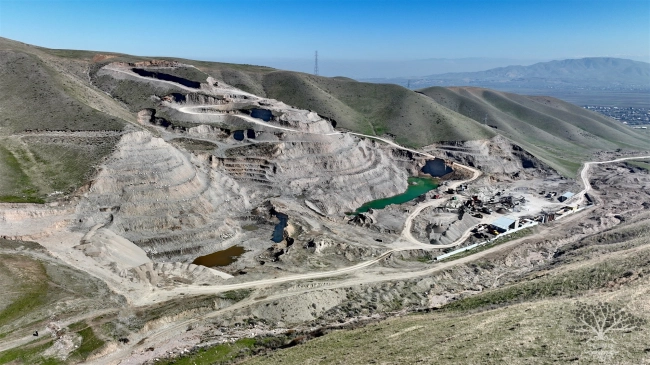
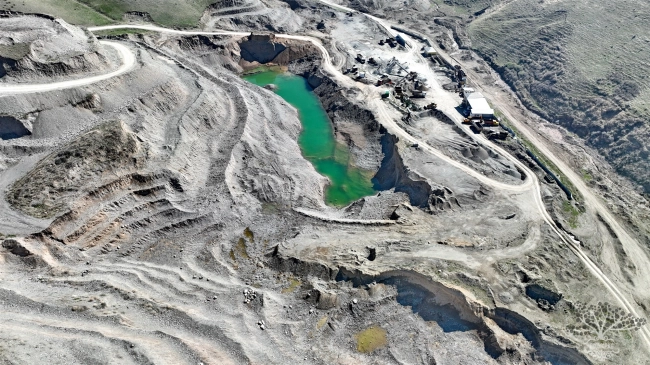
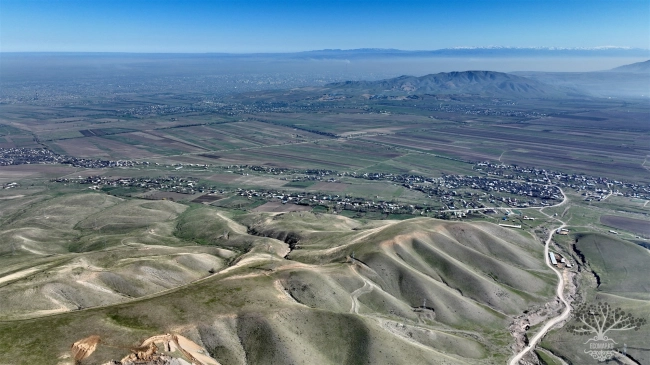
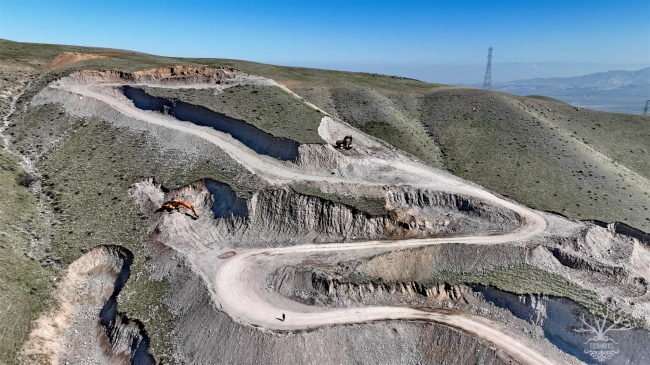

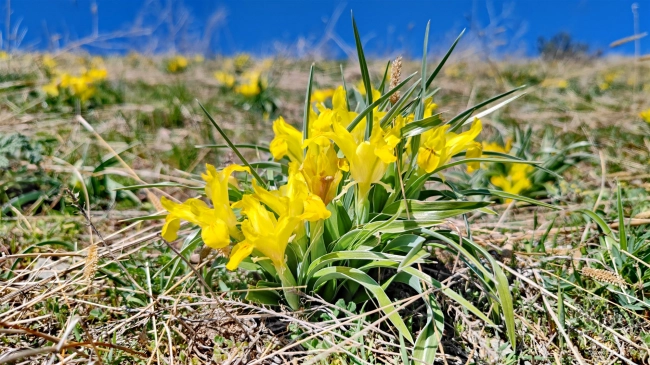
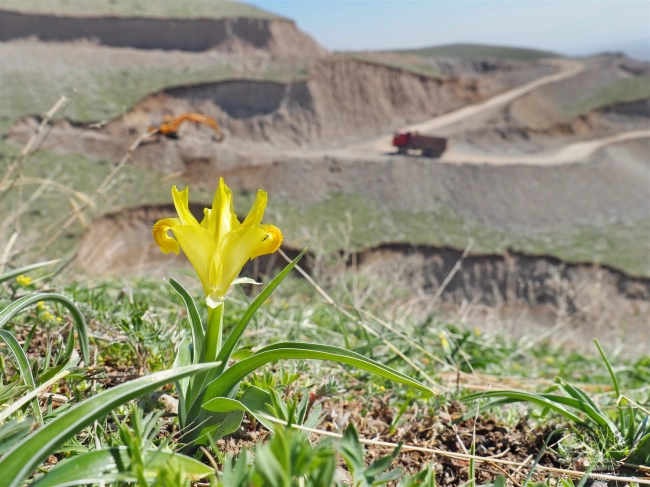
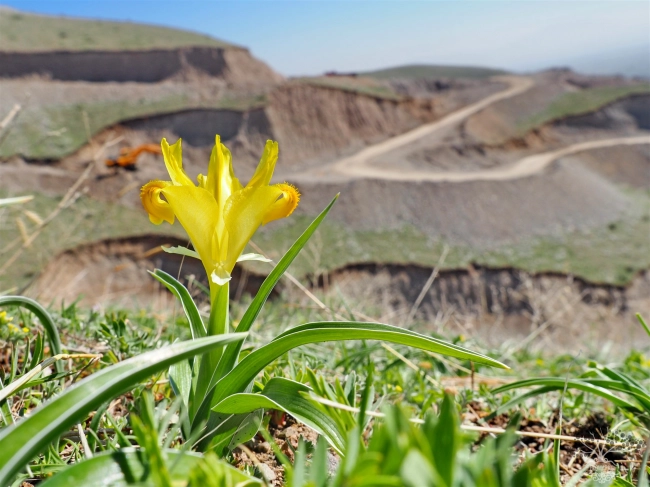
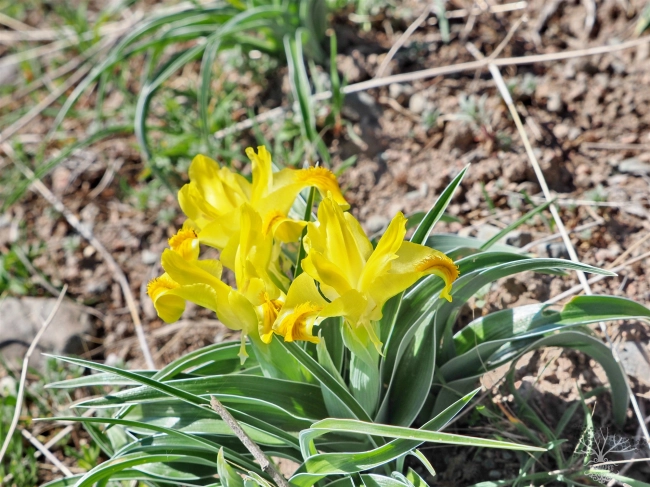

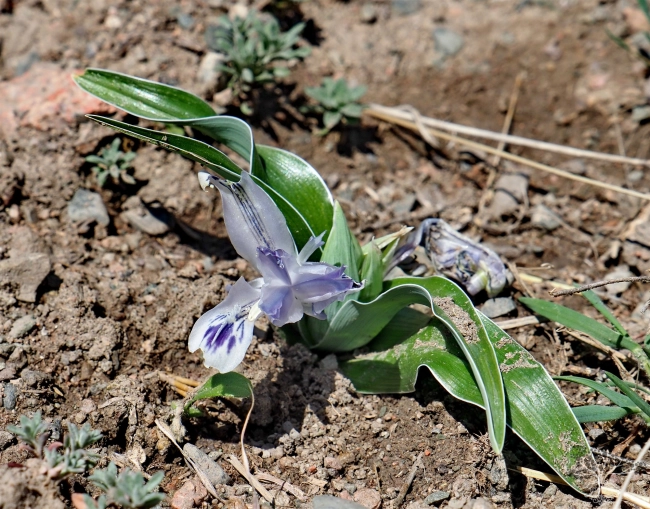
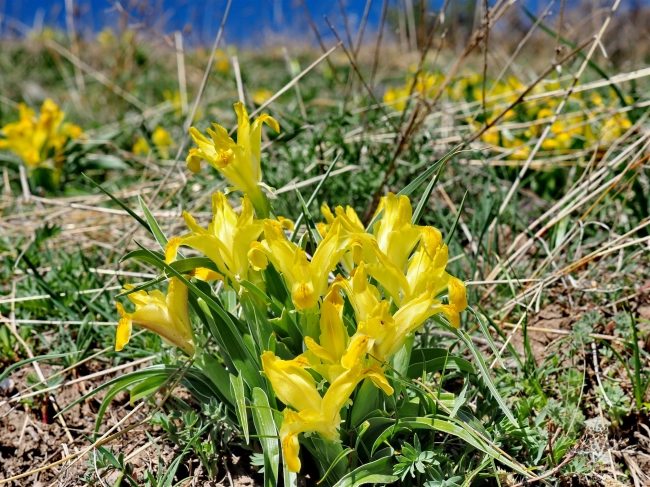
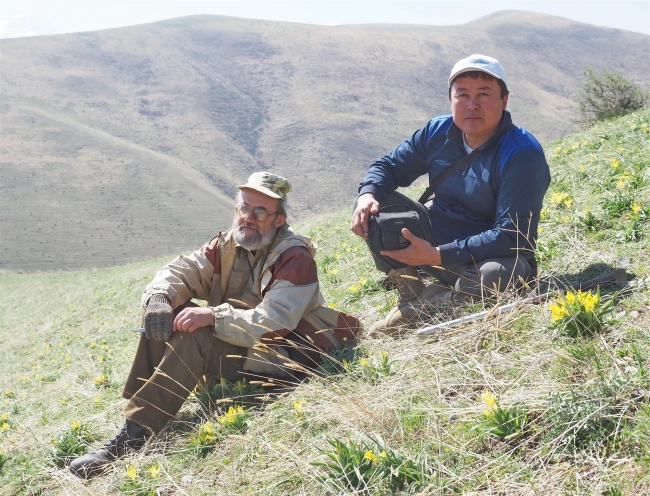
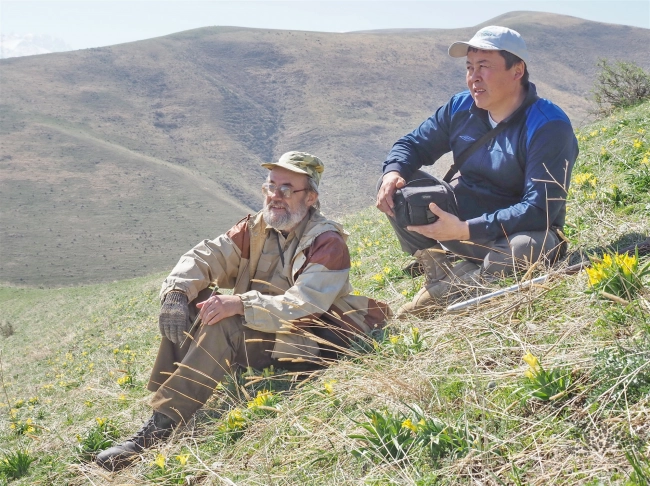
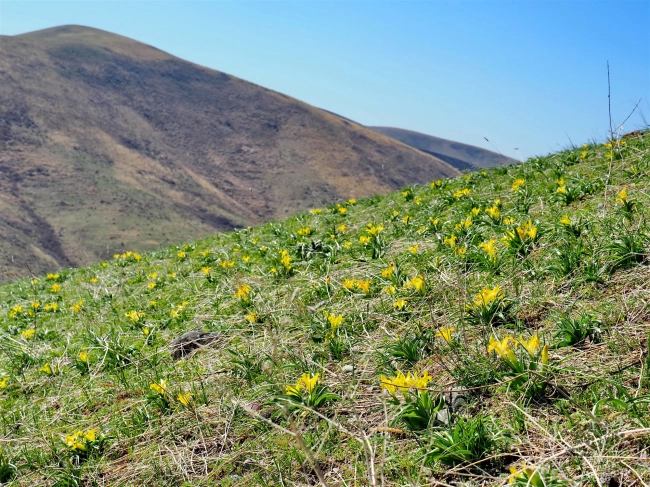


















Attention: Information based on submitted complaints